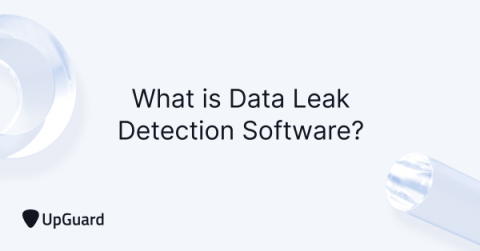Supply chain impersonation or genuine third-party information request? Here's how to tell.
The last 24 months has seen a steady stream of media attention relating to attacks on the supply chain. The impact is real, as is the cost. We have watched both big name security like SolarWinds and open source such as log4js serve as targets with devastating effects. Quite often the methods used have anecdotally relied on technical means and to a lesser degree social engineering.











